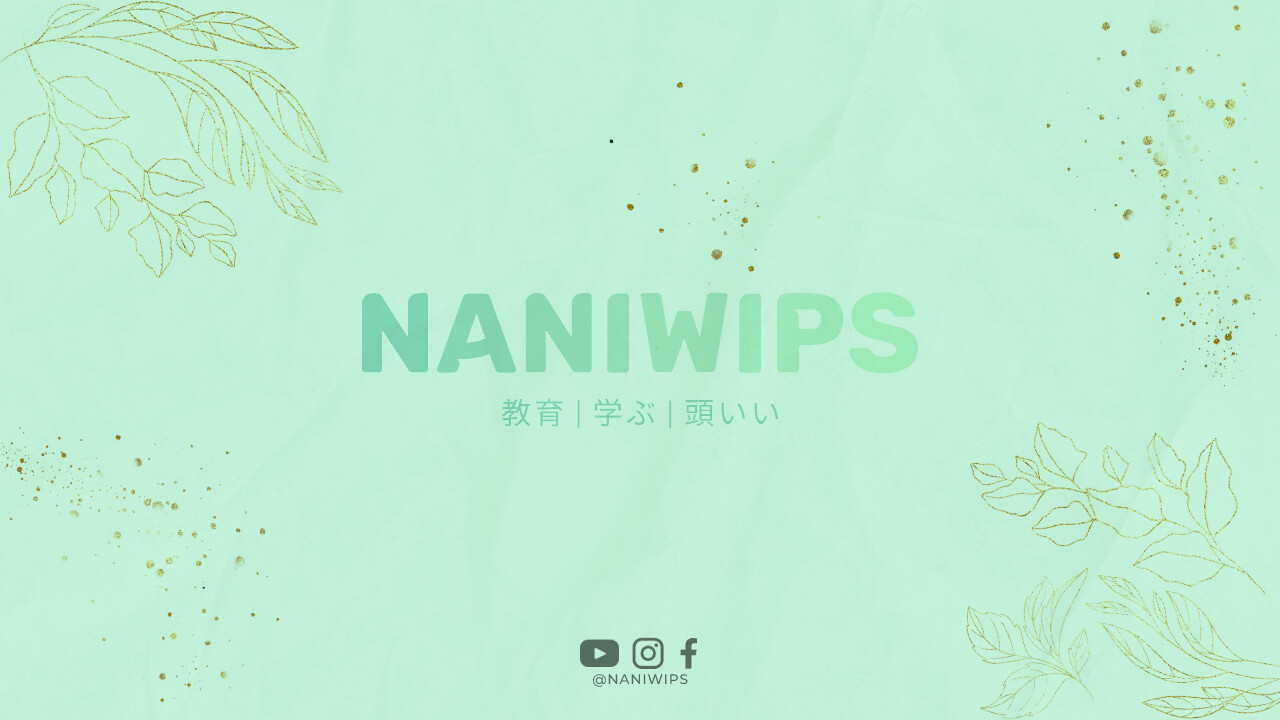When the new year approaches in Japan, it’s a common tradition to send out 年賀状 (nengajo), or New Year’s greetings, to family, friends, and colleagues. For students, it’s also customary to send a nengajo to their teachers to express gratitude and respect. In this article, we’ll cover the proper way to address a nengajo to your teacher, including important tips and examples.
Why Send a Nengajo to Your Teacher?
Japanese culture places a strong emphasis on showing respect and gratitude to those who have helped us, especially our teachers. This is why it’s common for students to send a nengajo to their teachers as a way of expressing thanks for their guidance and support throughout the year.
In addition to expressing gratitude, sending a nengajo to your teacher is also a great way to maintain a positive relationship with them and show that you value them as a mentor. It’s a small gesture that can go a long way towards building a strong teacher-student relationship.
How to Address a Nengajo to Your Teacher
When addressing a nengajo to your teacher, it’s important to use the proper honorifics and language to show respect. Here are some tips on how to address your nengajo:
- Start with the teacher’s last name, followed by their title and first name. For example, if your teacher’s name is Tanaka sensei, you would write “田中先生、”
- Use the honorific “-sama” to show respect. For example, you could write “田中先生様、”
- Express your gratitude and well wishes for the new year. For example, you could write “新年あけましておめでとうございます。今年もよろしくお願いします。”
- Sign your name at the end of the card. It’s important to use your full name and write it clearly so your teacher can read it.
Here’s an example of how to address a nengajo to your teacher:
田中先生様、
新年あけましておめでとうございます。今年もよろしくお願いします。
生徒 山田太郎
Other Considerations
When sending a nengajo to your teacher, there are a few other things to keep in mind:
- Make sure to send your nengajo by the deadline. In Japan, there is a specific deadline for sending nengajo, usually around mid-December. Make sure to send your nengajo in plenty of time so it arrives before the deadline.
- Use high-quality paper and ink. A nengajo is a special card, so it’s important to use high-quality materials to make it look nice.
- Consider adding a personalized message or drawing to your nengajo. This can make it even more special and show your teacher how much you appreciate them.
Conclusion
Sending a nengajo to your teacher is a great way to express gratitude and maintain a positive relationship with them. By using the proper honorifics and language, you can show respect and appreciation for your teacher’s guidance and support. Remember to send your nengajo by the deadline, use high-quality materials, and consider adding a personal touch to make it even more special. With these tips in mind, you’ll be able to address your nengajo to your teacher with confidence and respect.



